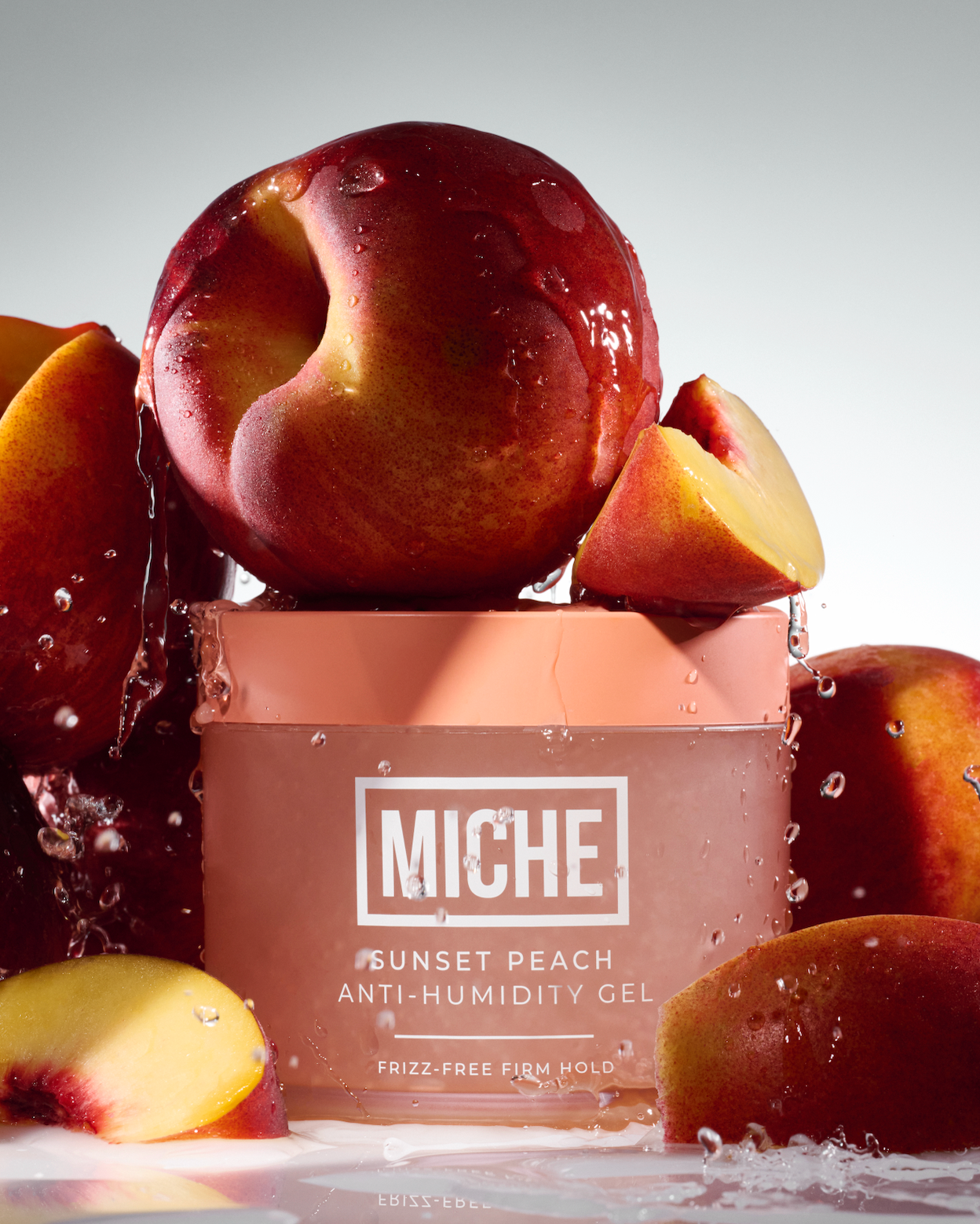Hair Porosity: How To Test For It and Best Tips To Care For Your Type
Have you ever wondered why your hair favors some products and ingredients over others? It may be related to your hair porosity. Whether you’re low, medium, or high porosity, understanding how to care for your type is important and vital to your hair’s health. With the proper hair care routine, your hair can flourish once you learn its key characteristics. Keep reading to discover more about hair porosity, how to test and discover your type, and how to care for it.
What Is Hair Porosity?
Hair Porosity is the ability of your hair to absorb and hold moisture. The hair’s cuticle, the outer layer, determines your porosity. Low porosity has a tight cuticle which makes it difficult for moisture to penetrate and escape. High porosity has a raised cuticle which allows moisture to easily penetrate and escape. Medium porosity is the perfect balance between the two – your hair can absorb moisture and hold it in.
Is porosity genetic? Hair porosity can be genetic but also be changed by external factors like chemical treatments and heat styling. These treatments may harm the cuticle and effectively change how your hair feels and reacts to products.
How To Test For Porosity
So you may be asking, how do I test for hair porosity? Try the Direct Water Test. You’ll need to have clean, dry hair without any product to begin. First step, wet your hair with water. Next, observe your hair’s reaction. If your hair absorbs the water immediately, your hair is most likely high porosity. If water takes time to absorb or if beads of water form on top of the hair, you most likely have low porosity. If water is not too quick or slow to absorb into your strands, you have medium porosity. Keep in mind that it is possible to have multiple porosities within different areas of your hair.
Now that you have discovered your porosity, learn the best way to care for your porosity type and key characteristics to look out for.
Low Porosity
Low porosity hair has a tightly bound cuticle which makes it moisture resistant. It’s important to use lighter, liquid-based products like our Bounce Hydrating Curl Refresher & Leave-In Spray so moisture can penetrate more easily.
Low porosity hair is also prone to product buildup mainly from products with protein so be sure to monitor how often you’re using protein-rich products which can leave your hair feeling stiff and dry. Use a moisturizing protein-free deep conditioner with humectants like honey and glycerin which attract and hold moisture to your hair. Miche Beauty’s Indulge Deep Conditioner is protein-free and made with humectants honey and glycerin which intensely hydrates your hair. Try incorporating steam or heat-based treatments as they help to open the hair cuticle and infuse moisture into your hair strands.
Once you find your perfect routine and products, you will be able to nurture your low porosity hair. All it takes is lightweight moisturizers, humectant-based conditioners, heat treatments, and minimal protein use to make your hair thrive.
Medium Porosity
Medium porosity is the easiest to maintain and to care for. Why? Because the hair cuticle is looser and the perfect amount of moisture can penetrate and be retained. To maintain hair health, incorporate regular deep conditioning treatments in your routine and periodically use protein to preserve hair strength. Shop our Strengthen Protein/Moisture Balancing Deep Conditioner to replenish moisture and prevent breakage.
With medium porosity hair, be sure to regularly moisturize and condition to maintain the health of your hair. Avoid frequent heat styling or chemical treatments as that can alter your hair’s porosity.
High Porosity
High porosity hair has gaps and holes within the cuticle which allows for moisture to quickly enter in and out. High porosity is the result of damage from chemical treatments like bleach/dye, relaxers, frequent heat styling, and/or environmental factors. Common characteristics of high porosity hair include frizz, tangles, excessive dryness, and breakage.
Although healthy hair growth is the ultimate solution to high porosity hair, you can still take steps to help it recover. To repair your curls, try the following weekly routine: your favorite pre-poo, a non-sulfate shampoo, a balancing deep conditioner, and finish with your essential styling products: a water-based leave-in, defining cream, and/or gel.
Key ingredients to use for high porosity hair include anti-humectants like coconut oil, olive oil, and avocado oil which will help your strands to retain moisture without absorbing too much from the air especially in hot, humid climates. You can also try an apple cider vinegar rinse after conditioning to help temporarily close your cuticle.
Shop our ultimate sealant, Polished Hair & Scalp Oil as well as our curl-defining staples Lavish Leave-In Conditioner and Quenched Hydrating & Twisting Butter to moisturize and style.
Now that you know your porosity type, build a routine that incorporates weekly cleansing and conditioning treatments, moisturizing, and other healthy hair practices. You’ll notice your hair will become happier and healthier.
What’s your hair porosity type? Let us know in the comments.
Want more tips on deep conditioning and hydration? Be sure to check out our guide to deep conditioning: How To Deep Condition Your Natural Hair Like A Pro.





Leave a comment